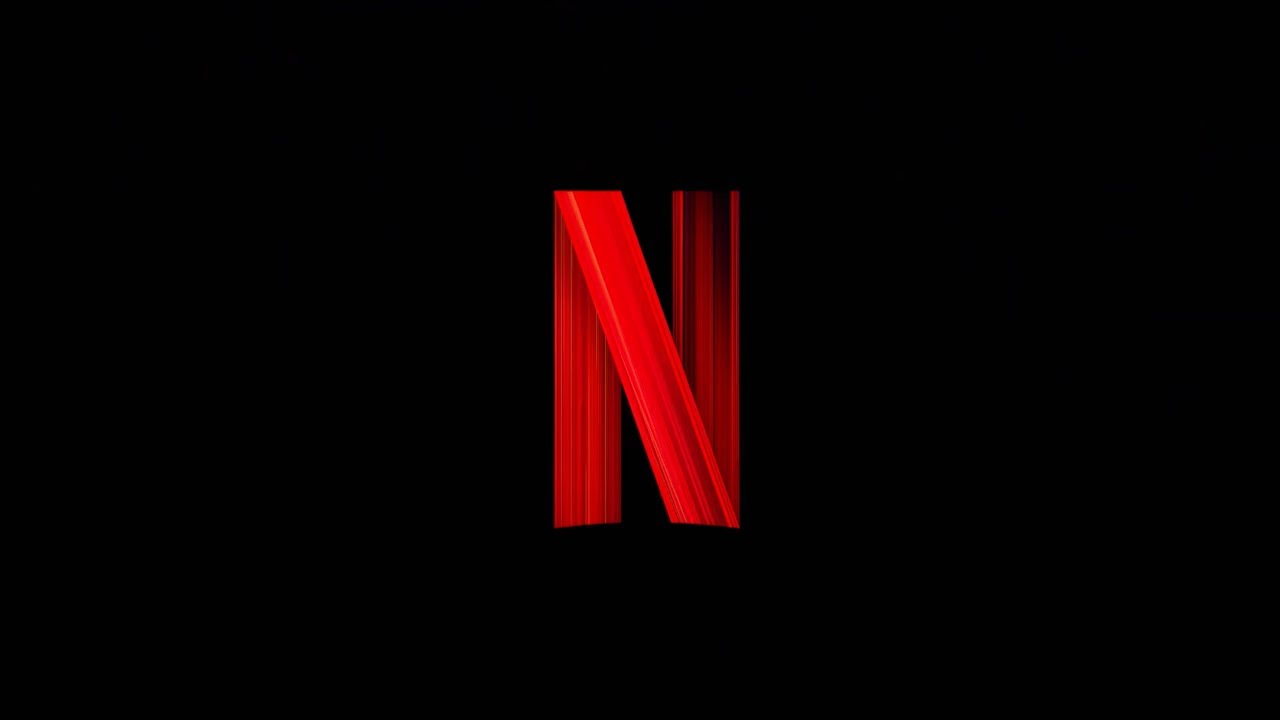Are you experiencing the dreaded Video Scheduler Internal Error on your Windows 10 or Windows 11 PC? Don’t panic! This common issue can be frustrating, but there are several effective solutions that can help you get rid of it and restore your system’s stability. In this comprehensive guide, we will walk you through step-by-step instructions on how to fix the Video Scheduler Internal Error, no matter what operating system you are using. So let’s dive in and get your PC back on track!
Understanding the Video Scheduler Internal Error
The Video Scheduler Internal Error is a common stop code error that Windows users often encounter. It typically occurs due to problems related to your graphics card. This error can freeze your computer, cause it to restart unexpectedly, or even lead to the infamous Blue Screen of Death (BSOD). The Video Scheduler Internal Error can be caused by a variety of factors, including faulty or outdated drivers, corrupted system files, malware or virus infections, incompatible software, or hardware issues.
Quick Fixes for the Video Scheduler Internal Error
Before we dive into the more technical solutions, let’s start with some quick fixes that may resolve the Video Scheduler Internal Error right away. These simple troubleshooting steps can sometimes do wonders in resolving the issue:
Clean your PC: Dust accumulation can hinder the airflow to your graphics card, leading to overheating and potential errors. Clean your system to ensure your GPU gets enough air to function properly.
Check for recent hardware changes: If you recently made any hardware changes to your PC, such as installing a new graphics card or adding more RAM, revert those changes and see if the error persists.
Temporarily disable your antivirus: Sometimes, antivirus programs can interfere with your graphics card or the operating system, causing conflicts that result in the Video Scheduler Internal Error. Try disabling your antivirus temporarily, reboot your system, and then re-enable it.
Now that we’ve covered the quick fixes, let’s move on to more in-depth solutions that can help you tackle the Video Scheduler Internal Error effectively.
Solution 1: Update Your Graphics Card Drivers
Outdated or corrupted graphics card drivers are a common culprit behind the Video Scheduler Internal Error. Updating your drivers to the latest version can often resolve the issue. Here’s how you can update your graphics card drivers:
- Press the Windows key + X and select Device Manager from the list.
- Locate the Display adapters category, right-click on your graphics card driver, and select Update driver.
- Choose the option to Search automatically for drivers. Windows will then search for the latest driver software and install it.
- Once the driver update is complete, restart your PC to apply the changes.
Note: If you suspect that your current graphics card is causing the issue, you may need to visit the official website of the manufacturer to download the latest driver software specifically designed for your card.
Solution 2: Run a Full System Scan for Malware
Malware or virus infections can also trigger the Video Scheduler Internal Error. Performing a thorough scan of your system can help identify and eliminate any malicious software that may be causing the problem. Follow these steps to run a full system scan using Windows Security:
- Press Windows + I to open the Settings app.
- Go to Update & Security and navigate to Windows Security.
- Select Virus & threat protection and check if any action is required.
- Follow the instructions provided to remove any detected threats.
- After completing the scan, reboot your system and check if the Video Scheduler Internal Error has been resolved.
If you prefer using a third-party antivirus software, make sure it is up to date and perform a thorough scan to rule out any malware-related issues.
Solution 3: Repair Corrupted System Files
Corrupted system files can often lead to the Video Scheduler Internal Error. Fortunately, Windows provides built-in tools to repair these files and restore system stability. Follow these steps to run a system file check using Command Prompt:
- Press the Windows key + X and select Windows PowerShell (Admin) from the list.
- In the Command Prompt window, type sfc /scannow and press Enter.
- Wait for the scanning process to complete. This may take some time, so be patient.
- Once the scan is finished, restart your computer to allow any repaired files to take effect.
If the system file check doesn’t resolve the issue, you can also try using specialized software designed to repair Blue Screen of Death errors.
Solution 4: Check and Repair Hard Drive Errors
Hard drive errors can also contribute to the Video Scheduler Internal Error. Running a disk check can help identify and fix any issues with your hard drive. Here’s how you can perform a disk check using Command Prompt:
- Press the Windows key and type cmd.
- Right-click on Command Prompt and select Run as administrator.
- In the elevated Command Prompt window, type chkdsk /f /r and press Enter.
- You may be prompted to restart your computer. Type Y and press Enter to schedule the disk check on the next system restart.
- Restart your computer and allow the disk check to run. This process may take some time, depending on the size of your hard drive and the extent of the errors.
Note: It is always a good practice to back up your important data before running a disk check, as the process may involve repairing bad sectors and could potentially result in data loss.
Solution 5: Disable Hardware Acceleration
Hardware acceleration is a feature that offloads graphics processing tasks to your GPU, improving performance in certain applications. However, enabling hardware acceleration can sometimes cause conflicts and lead to the Video Scheduler Internal Error. Disabling hardware acceleration may help resolve the issue. Here’s how you can do it:
- Open your browser and go to the settings menu.
- Look for the Advanced or System section and find the option for Hardware Acceleration.
- Disable the hardware acceleration feature by toggling the switch or unchecking the box.
- Restart your browser and check if the Video Scheduler Internal Error persists.
Solution 6: Perform a Factory Reset
If none of the above solutions work, you may need to consider performing a factory reset. This should be your last resort, as it will erase all the data on your system and restore it to its default settings. Before proceeding, make sure to back up any important files or data. Here’s how you can perform a factory reset:
- Press the Windows key + I to open the Settings app.
- Go to Update & Security and navigate to Recovery.
- Under the Reset this PC section, click on Get started.
- Choose the option to Remove everything to initiate the factory reset process.
- Follow the on-screen instructions to complete the reset process. This may take some time.
- After the reset is complete, set up your PC again and check if the Video Scheduler Internal Error has been resolved.
Conclusion
Dealing with the Video Scheduler Internal Error on your Windows 10 or Windows 11 PC can be frustrating, but with the solutions provided in this guide, you should be able to overcome this issue and restore your system’s stability. Remember to follow the steps carefully and be patient as you troubleshoot the problem. If the error persists or if you encounter any difficulties, don’t hesitate to seek assistance from a professional technician or consult your device manufacturer’s support team. With the right approach, you can fix the Video Scheduler Internal Error and get back to using your PC without any interruptions.






